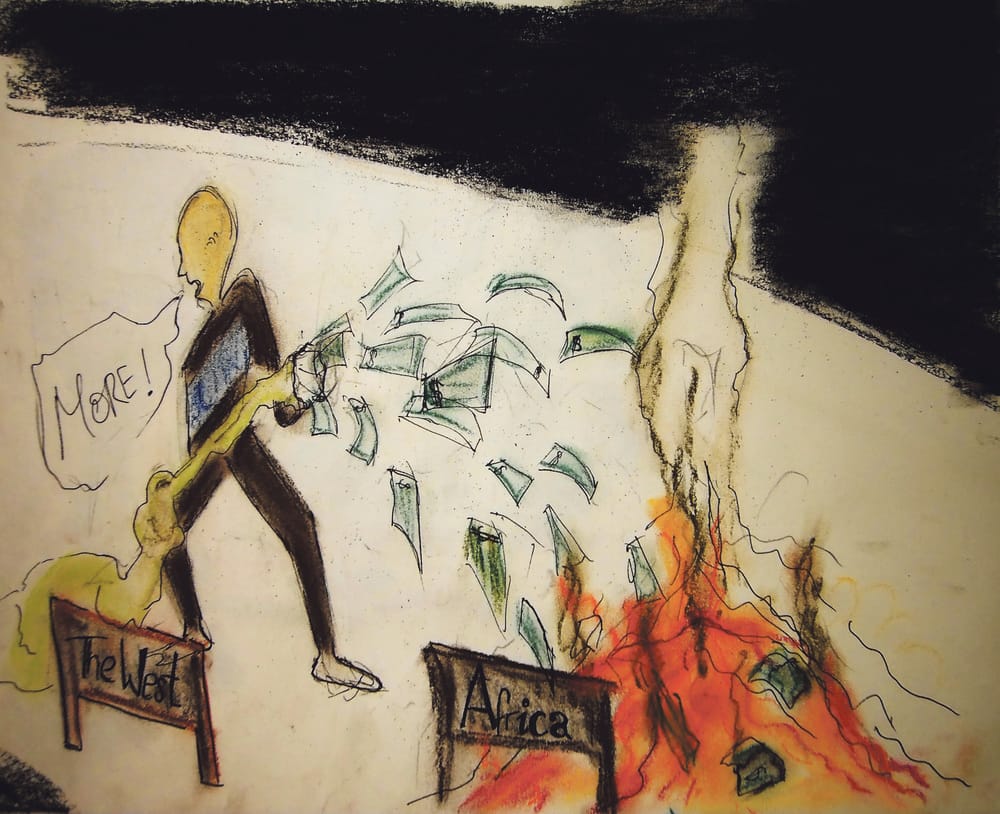Female empowerment to save the world
But is the U.N.’s newest agency’s plan to end gender inequality and poverty in one fell swoop just more of the same?

The role that women play in the alleviation of poverty is becoming increasingly apparent in development research. In a sad irony, it is also increasingly clear that they bear the majority of the burden of this same poverty. The figures are alarming – women work two thirds of the world’s working hours but directly earn just 10% of the world’s income – money which they are more likely to spend on education and food for their children than their male counterparts. Women also make up 70% of the world’s poorest people and are underrepresented in society from classrooms to politics (holding just 19% of the world’s parliamentary seats).
To address these gaping gender imbalances, the UN set up UNIFEM in 1976 to directly tackle gender discrimination, primarily through working with other UN organisations such as UNICEF and other official aid groups. By 2006, the body had a budget of over $200 million and was present in 80 countries and yet it was slammed by the UN itself as being “incoherent, fragmented and under- resourced”. This January, in light of this criticism and new evidence regarding the importance of women in development, the UN created UN Women; a new centralised body with a much larger budget and more political clout. Just this week the month old body called a press conference for student journalists to make a plea for help – they were already underfunded, receiving about a quarter of the funding desired; effectively giving them the same budget as the old UNIFEM. Their solution was clear: more funding. But does international aid actually deliver results? This is a question too often brushed aside as heartless – how on earth could someone question the noble aims of aid? And yet, noble though the aims may be, the results are often staggeringly far from those promised. This article will look at the case against international aid and argue that we should have fewer, not more, bodies like UN Women.
The chief justification for international aid is that poor countries are stuck in a poverty trap. That is, if they only had the basic resources to start things off they could work their own way out from there. The argument then follows that unless wealthy countries give poorer ones aid, they will never escape poverty. This seems to be backed up with evidence as the poorest fifth of the world’s countries had much lower growth from 1985-2001 than the other 4 fifths; just 0.2% compared to the wealthier countries’ 1.3%. Poor countries seem to stay poor because they are poor in the first place.
But a closer look at the statistics reveals a different story. Firstly, over the longer period from 1950 to 2001, the poorest fifth of countries increased their average income 2.25 fold which is statistically indistinguishable from the increase in income of the richest four fifths of 2.47 fold. The reason for the gap in growth in the period 1985-2001 (a period of much higher international aid) is that the countries in the bottom fifth kept changing – strong evidence that in fact countries aren’t doomed to be trapped in poverty. This data excludes Soviet and Persian Gulf oil producing countries as special cases.
Was it aid that caused these countries to break out of the bottom fifth? No, countries with above average aid performed no better than those with below average aid. While it is of course possible that aid is given in response to low growth and so hardly causes it, these data (compiled by Peter Boone of the LSE) look only at countries receiving aid for political reasons, thus discounting the possibility of aid being simply a response to slow growth. According to Boone, it seems that aid promotes consumption but not investment.
So, what makes countries stay poor? They don’t. Or at least, they are just as capable of good growth rates as any other country, once you allow for bad government. It is possible to control for bad government in the data above by using indexes on corruption and democracy, the oldest such indexes compiled since 1984 by the International Country Risk Guide and Polity VI, a project of the University of Maryland. Using these indexes to statistically control for bad government (those with high corruption and low democracy ratings), it becomes clear that it is bad government that keeps poor countries poor, not a poverty trap as those with good governments enjoy similar growth rates to their wealthier counterparts.
But why is it that external NGOs fail to promote growth, acting separately to local and potentially corrupt government? Too often, they are not there to fulfil the needs of the poor but rather those of the wealthy country donors. The emotive images of those suffering from AIDS causes foreign governments, urged by their citizens, to donate money to buy antiretroviral drugs for poor countries. However, research shows that for every year of life given to an AIDS patient, the same money could provide between 75 and 1,500 years of life through a focus on prevention. A Western focus on school enrolment (one of the UN’s Millennium Development Goals) means that investment in actual school supplies is overlooked, when such investment is estimated to be 14 times more effective than simply building new schools. If the poor were in charge, these wrongs would surely be righted but when international aid is accountable only to donors, this is unlikely to ever be the case.
But this does not mean that aid is hopeless, far from it. The success of schemes based on microfinance show that aid can make a difference. But this aid should not come in the form of large, multinational plans to ‘end poverty’. The history of aid has shown that these grand schemes simply do not work beyond the great concerts and the well meaning wristbands. Rather, small projects that work with and empower the poor themselves can make a real difference. Couldn’t the poor be given some kind of aid vouchers to let them decide how the money is spent? Highly centralised aid is exactly the kind of solution to poverty that we would never wish on ourselves and not only is it patronising and unaccountable, it doesn’t work.
Organisations like the new UN Women could learn a lot from this. It is simply preposterous to tackle ‘all forms of gender discrimination’ in one go. Much better to look at particular areas where outside funding and expertise can make a real difference. Ditch the grand plans and seek piecemeal changes in a way that is both accountable to local people and uses their own expertise. It is possible to end poverty, for both men and women, but not in one big go.
Illustration by Amanda Diez









